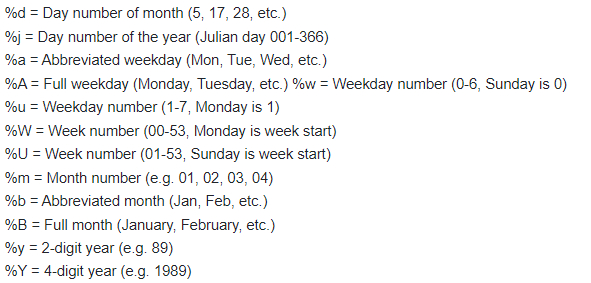
This package provides functions to replicate the CDC’s LTAS program within R. Currently, it will only stratify a cohort for fixed strata. It does not consider a history file for time-dependent exposures/variables.
It comes pre-installed with referent underlying cause of death (UCOD) rates for the 119 minors defined at https://www.cdc.gov/niosh/ltas/pdf/Rate-Info-Table-1.pdf for the US population from 1960 to 2020.
You can install LTASR like so:
It is highly recommended to use R as well as RStudio. RStudio is a separate piece of software used to write and run R code.
install.packages('tidyverse')This will only need to be run once, ever. It will install the necessary packages and functions to your computer.
| Variable | Description | Format |
|---|---|---|
| id | Unique identifier for each person | |
| gender | Sex of person (“M” = male / “F” = female) | numeric |
| race | Race of person (“W” = white / “N” = nonwhite) | numeric |
| dob | date of birth | character |
| pybegin | date to begin follow-up | character |
| dlo | date last observed. Minimum of end of study, date of death, date lost to follow-up | character |
| vs | an indicator of ‘D’ for those who are deceased. All other values will be treated as alive or censored as of dlo. | character |
| code | ICD code of death; missing if person is censored or alive at study end date | character |
| rev | revision of ICD code (7-10); missing if person is censored or alive at study end date | numeric |
Note: R variable names are case sensitive! All variable names must be lower case. This can be done in any software. Below is an example person file format:
| id | gender | race | dob | pybegin | dlo | vs | rev | code |
|---|---|---|---|---|---|---|---|---|
| 1 | M | W | 11/20/1945 | 12/21/1970 | 7/31/2016 | |||
| 2 | M | N | 3/15/1942 | 1/19/1972 | 8/19/2011 | D | 10 | G30.9 |
| 3 | F | W | 6/5/1955 | 11/23/1970 | 12/7/1972 | D | 8 | 410.9 |
NOTE: Paths in R use forward slashes (/) instead of the standard back slashes () used by windows.
The date columns will need to be converted to R date values. This can be done using the as.Date() function. This function requires the user to specify the format of the dates being converted. Below gives a key in how to describe the date format:

So, the above date columns in the above example person file have the general format of “%m/%d/%Y”.
Below gives example code to read in the person file as well as code to convert the date columns to date values:
library(LTASR)
library(tidyverse)
person <- read_csv('C:/person.csv') %>%
mutate(dob = as.Date(dob, format='%m/%d/%Y'),
pybegin = as.Date(pybegin, format='%m/%d/%Y'),
dlo = as.Date(dlo, format='%m/%d/%Y'))The LTASR package comes with an example person file, called person_example, that can be used for testing. For this example, it will be read in, its dates will be converted and will be saved as ‘person’ similar to the above code:
person <- person_example %>%
mutate(dob = as.Date(dob, format='%m/%d/%Y'),
pybegin = as.Date(pybegin, format='%m/%d/%Y'),
dlo = as.Date(dlo, format='%m/%d/%Y'))rateobj <- parseRate('C:/UCOD_WashingtonState012018.xml')Alternatively, the LTASR package comes pre-installed with a rate object for the 119 LTAS minors of the US population from 1960-2020. This can be used in any analyses, but must be explicitly called first:
rateobj <- us_119ucod_19602020py_table <- get_table(person, rateobj)Once the py_table has been created, it can be saved using the write_csv() function. This file contains person day counts (pdays) and outcome counts for each minor (_o1, _o2, …..).
With your stratified data, you can quickly create a table with of all SMRs for each minor found in the rate file using the smr_minor() function as below:
smr_minor_table <- smr_minor(py_table, rateobj)View(smr_minor_table)
write_csv(smr_minor_table, "C:/SMR_Minors.csv")smr_major_table <- smr_major(smr_minor_table, rateobj)
View(smr_major_table)
write_csv(smr_major_table, "C:/SMR_Majors")Additionally, any custom grouping can be calculated as well using the smr_custom() function where grouping are defined as a vector of numbers. Below defines groupings for all deaths and all cancers:
minor_grouping <- 1:119
all_causes <- smr_custom(smr_minor_table, minor_grouping)
View(all_causes)
minor_grouping <- 4:40
all_cancers <- smr_custom(smr_minor_table, minor_grouping)
View(all_cancers)